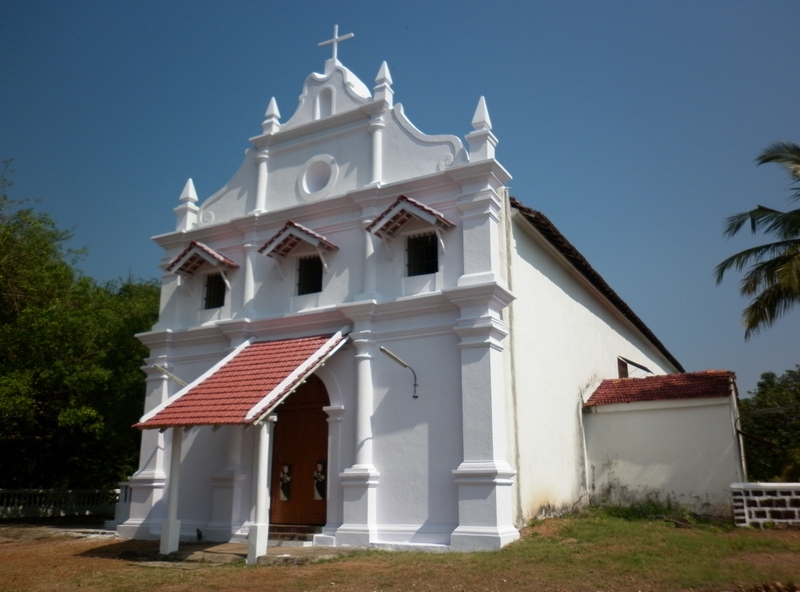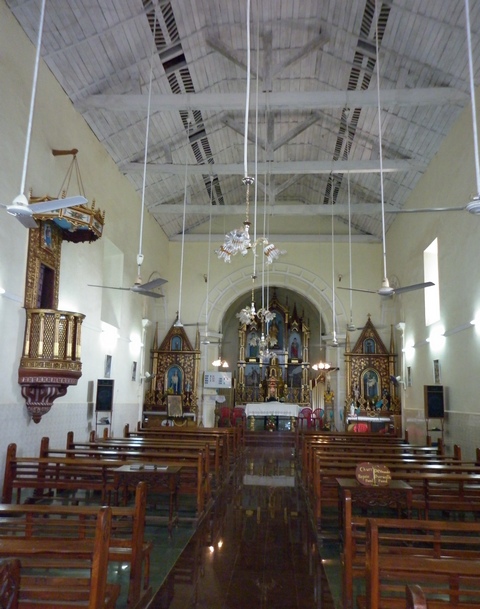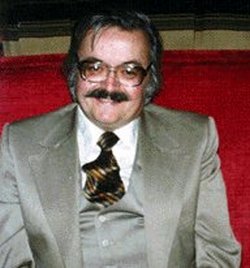Croatian merchants from Dubrovnik built the church of St Blaise-St Vlaho in Goa in India in the 16th century
http://www.croatia.org/crown/articles/10143/1/Croatian-merchants-from-Dubrovnik-built-the-church-of-St-Blaise-St-Vlaho-in-Goa-in-India-in-the-16th-century.html
By Adam S. Eterovich
Published on 07/16/2011


Formated for CROWN by prof.dr. Darko ®ubrinić
Distributed by www.Croatia.org . This message is intended for Croatian Associations/Institutions and their Friends in Croatia and in the World. The opinions/articles expressed on this list do not reflect personal opinions of the moderator. If the reader of this message is not the intended recipient, please delete or destroy all copies of this communication and please, let us know!
 | Nicholas Mirkovich in his study “Ragusa and the Portuguese Spice Trade”, Slavonic and Eastern European Review, London, March 1943, wrote the following: “During the absence of Venice the largest part of the oriental trade was taken over by Ragusa, which about 1530-1540 had a virtual monopoly of that trade. For a decade or two there existed a sharp competition between Ragusa and Portugal, which was carried on also in Portugal's own East Indian empire. The Ragusan (i.e. Dubrovnik) colony Sao Braz (Saint Vlaho) near Goa is one of the strangest and most interesting examples of the economic expansion of that little Republic in the period of the commercial revolution.” Article by Adam S. Eterovich Bracanin, on the left. |
The Ragusan colony St Blaise (Saint Vlaho) near Goa in India in the 16th century

The church of St. Blaise - Sv. Vlaho in Goa, India. Photo by Najka Mirković, Dubrovnik.
| Saint Vlaho in Africa and India  Adam S. Eterovich Adam S. EterovichThe book about the Voyage of Pedro Alvares Cabral to Brazil and India,1937, London, Hakluyt Society has South Africa with two place names: Cape of Good Hope and Sao Bras (Saint Vlaho) in 1500-1501. The Portuguese controlled the spice trade In the East. Nicholas Mirkovich In his study of Ragusa-Portugal and the spice trade with Goa, India, Malacca and Batavia indicates that Ragusa-Dubrovnik and Venice were firmly established in the countries of the Mamelukes at the time when the Portuguese established themselves in India. Mirkovich states: “During the absence of Venice the largest part of the oriental trade was taken over by Ragusa, which about 1530-1540 had a virtual monopoly of that trade. For a decade or two there existed a sharp competition between Ragusa and Portugal, which was carried on also in Portugal's own East Indian empire. The Ragusan colony Sao Braz (Saint Vlaho) near Goa is one of the strangest and most interesting examples of the economic expansion of that little republic in the period of the commercial revolution.” See Mirkovich, Nicholas. “Ragusa and the Portuguese Spice Trade.” Slavonic and Eastern European Review, London, March 1943. A Ragusan, Melik Jesa Dubrovcanin, came to India in 1480 and became a Viceroy In Gujarat. He built a palace at Diu. A Ragusan colony was established on the Malabar Coast in north Goa, India. The Church of Sao Braz-Saint Vlaho was built in 1563. This colony had at one time 12000 residents. The church bell was brought from Dubrovnik. In the 1540's Jean Alfonce In his voyages states passing SE of Ceylon near two Islands called the Islands of Gold and coming to a bay called Baye de Sainct Blaise ( Saint Vlaho). He further states passing the Golfe de Sainct Blaise NE and SW of Ceylon near the Maldives. Source www.croatians.com |

Interior of the church of St. Blaise - Sv. Vlaho in Goa, India. Photo by Najka Mirković, Dubrovnik.
Formated for CROWN by prof.dr. Darko ®ubrinić
Distributed by www.Croatia.org . This message is intended for Croatian Associations/Institutions and their Friends in Croatia and in the World. The opinions/articles expressed on this list do not reflect personal opinions of the moderator. If the reader of this message is not the intended recipient, please delete or destroy all copies of this communication and please, let us know!